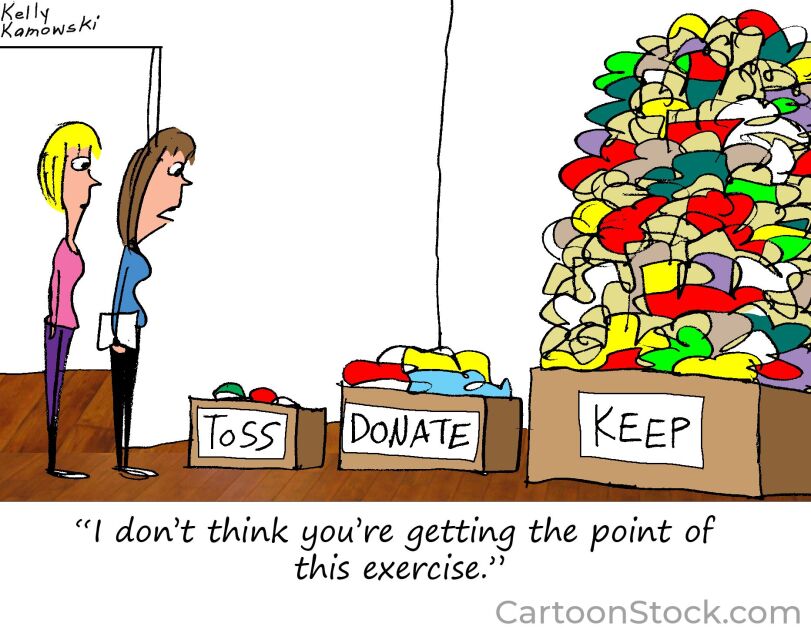
During the COVID-19 school building closures, big equity problems around internet access emerged. But one layer of this equity issue went largely unexplored: Some households have access to the Internet, but only at slow speeds that make school tasks like videoconferencing or completing homework assignments next to impossible.
That’s especially true for families with multiple children, or for parents using the home internet while forced to work remotely during the pandemic.
The urgency to resolve these issues is high as many schools appear likely to continue remote learning for at least some students next school year.
As with other pieces of the Internet access puzzle, hard data on this topic are hard to come by. Ray Zeisz, a director at the Friday Institute for Educational Innovation at North Carolina State University, has been working since before the virus outbreak on a survey that will help the state of North Carolina get a better picture of its broadband access landscape.
The survey starts with a phone call. Among the first questions is “Do you have Internet access at home?” If so, the survey prompts the user to complete the rest of the questions on an online form, which includes a speed test of the user’s broadband service. Zeisz’s team is also developing a print version of the surveys to distribute at libraries, community health centers, and other public spaces, in an effort to reach as many households as possible.
Individual school districts have conducted surveys of their own, but “we’re trying to eliminate as many variables as we can to normalize the data so that at a statewide level we have a reliable database,” Zeisz said.
Families in rural areas whose only option is satellite Internet are most likely to suffer from slow speeds, particularly for higher-bandwidth activities such as synchronous audio. “You’ll start talking, and the other person will start talking—you’ll just be colliding the whole time,” Zeisz said. That could make one-on-one virtual meetings between teachers and their colleagues or teachers and students nearly impossible.
Obstacles to Universal Connectivity
Helping those households get connected isn’t simply a matter of the Federal Communications Commission or another entity footing the bill. The fix for those communities will be a long-term effort that involves significant engineering and infrastructure investments, Zeisz said. Technology experts have identified 5G connectivity and low earth orbit satellites as possible solutions, but both could be a long way off from widespread availability.
Could massive internet service companies play a role? Perhaps, but with limits, said Tyler Cooper, editor-in-chief of Broadband Now, a consumer tool that tracks Internet connectivity nationwide. “If you’re a massive internet service provider, it doesn’t make financial sense to build a robust fiber network in a town of 5,000 people. You won’t see a return on that investment,” he said.
Similarly, companies’ free offerings only go so far: the superintendent of Philadelphia schools recently said Comcast and other companies declined to offer universal free service to all students learning at home, saying their networks “weren’t engineered for broad public use,” the Philadelphia Inquirer reported.
Cooper believes the solution will ultimately have to be a public-private partnership. The increased interest on connectivity gaps during the pandemic has helped draw more attention to the role some municipalities play in offering an alternative to Internet service from private entities, he said. But available statistics need to have “address-level granularity” for policymakers and companies to take stock of the role they could play, Cooper said.
Recent Local Progress
Some places in the United States have recently facilitated local solutions.
Chattanooga, Tenn., credits its recent economic revitalization to its broadband public utility, which has helped attract tech companeis to the area and expanded access for households. Vermont last year enacted a law offering grant funds to municipalities that want to build public broadband infrastructure or partner with a private provider, and Maine last year eliminated a ban on municipalities developing broadband infrastructure. Georgia lawmakers earlier this year began reviewing a bill that would allow municipal bonds for broadband access.
New Mexico’s state technology office partnered with the local Internet service company Sacred Wind this spring to install “cell towers on wheels” at seven locations occupied by Navajo reservations and off-reservation areas, where the number of households with internet access lags far behind state and national averages.
“It really opens up the opportunity for having spaces where people can come,” said John Chadwick, the state education department’s educational technology and e-rate coordinator. “It doesn’t take care of the long-term need, but it does take care of a short-term need,” allowing students and teachers alike to drive up and use the internet while adhering to public health guidelines.
Still, a policy tracker from Broadband Now shows that 22 U.S. states maintain legal roadblocks to municipal broadband service. States with those roadblocks in place tend to have less access, on average, to high-quality broadband service, according to Broadband Now research.
“There’s not one policy strategy that is going to be sufficient,” Cooper said.
Image: Courtesy of Sacred Wind. A temporary cell tower installed this year in To’hajiilee, N.M.



